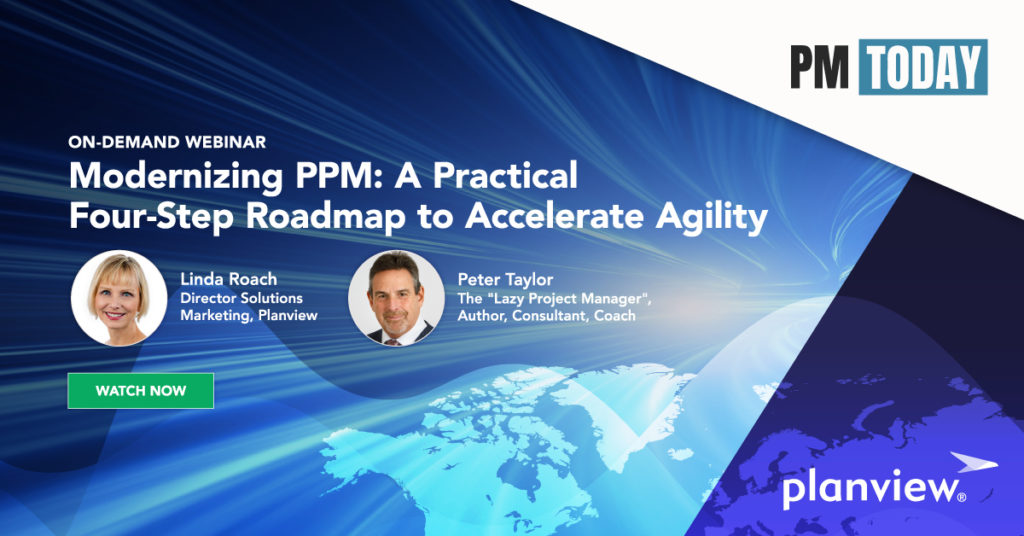
The greatest dilemma of all time is alive and well. No, not if the chicken or the egg came first. The question is, “Do I get a solid process in place first, or buy a tool to help manage the process first?” Without a process, there is nothing for a solution to support, yet without the solution, there is nothing to drive and record the process. There are pros and cons to each, but let’s take a closer look to find out which is the clear winner.
The Process:
It’s common for PMOs to reevaluate their processes and solutions every now and then. Usually, this occurs when a PMO has been around for a while, but changes come to pass. Sometimes it’s a new executive that wants to shake things up, sometimes it’s realizing that all the original PMO members are gone and no one really knows why they are doing things the way they are. It’s at this point that they question whether the process or solution needs their attention first.
On the other hand, PMOs that are just forming are starting to look at the way it is being done today and how they wish it was. What will it take to get to the ideal state? Many think a more strict process will whip the team in to shape. That’s not always the case. Most times, it just needs to be clearly defined and documented.
A good place to start is documenting both the way it is done today and the desired state. Once it’s on paper, talk with the team to make sure everyone agrees. Not everyone may be doing things the same way. Some people may bring ideas on how to make it more efficient, so keep it more as a brainstorming session, less of judging or remarking if it is done right or wrong. The goal is to get everyone on the same page, agree on the desired state, and find a way to get there with as little impact to the team as possible.
The Solution:
Project Portfolio Management (PPM) solutions are a fantastic way to keep all work in one place and easily report on it. Many times the first “quick win” is simply getting everything in one place. When you’re coming from spreadsheets and documents, it’s tough to get a good look at exactly what your team is working on, how much time they are spending on it, and (most importantly) when you can give them more work. When intake is separate from projects, and both of these are separate from resource capacity, there’s a significant hurdle of getting everything in one place for reporting purposes. Not only does it take a lot (ok, too much!) of your time, but it’s cumbersome for your team to have to manually send you information weekly or monthly.
Lastly, one final place PMOs typically start with a PPM solution is with time tracking. This becomes a quick win because you instantly get estimated vs. actuals in all your reports. From there, the analysis you can do is endless. It helps to see how close their estimates were and use it to create a template so that others don’t have to go through the same guesswork and it improves the estimation next time around.
The Conclusion:
The important thing to remember is that the solution is not a process replacement, and unfortunately, it won’t create the process for you. A good PPM solution will not force the user to manage projects one way or another, but will be configured to match the process in place (or desired process). Don’t fall for the trap that a tool will get you out of having to define your processes!
Is one or the other really better to start with? I’ve seen it done both ways, and it works out better if you start with researching solutions. Though you may not have completely defined your processes, you most likely have a good idea of where you want to be, even if you’re still working out how to get there. Looking at PPM solutions will give you an idea of what’s available and what level of detail you need. You may be pleasantly surprised at what they can offer.
The one constant is change, so make sure you select one that will grow and scale as you use the solution to gain project management maturity. As a project manager for 9+ years, I’ve used a lot of PPM solutions out there. Take a look at the Innotas demo library to see if it helps build on your existing process or gets you kick started to create one.




